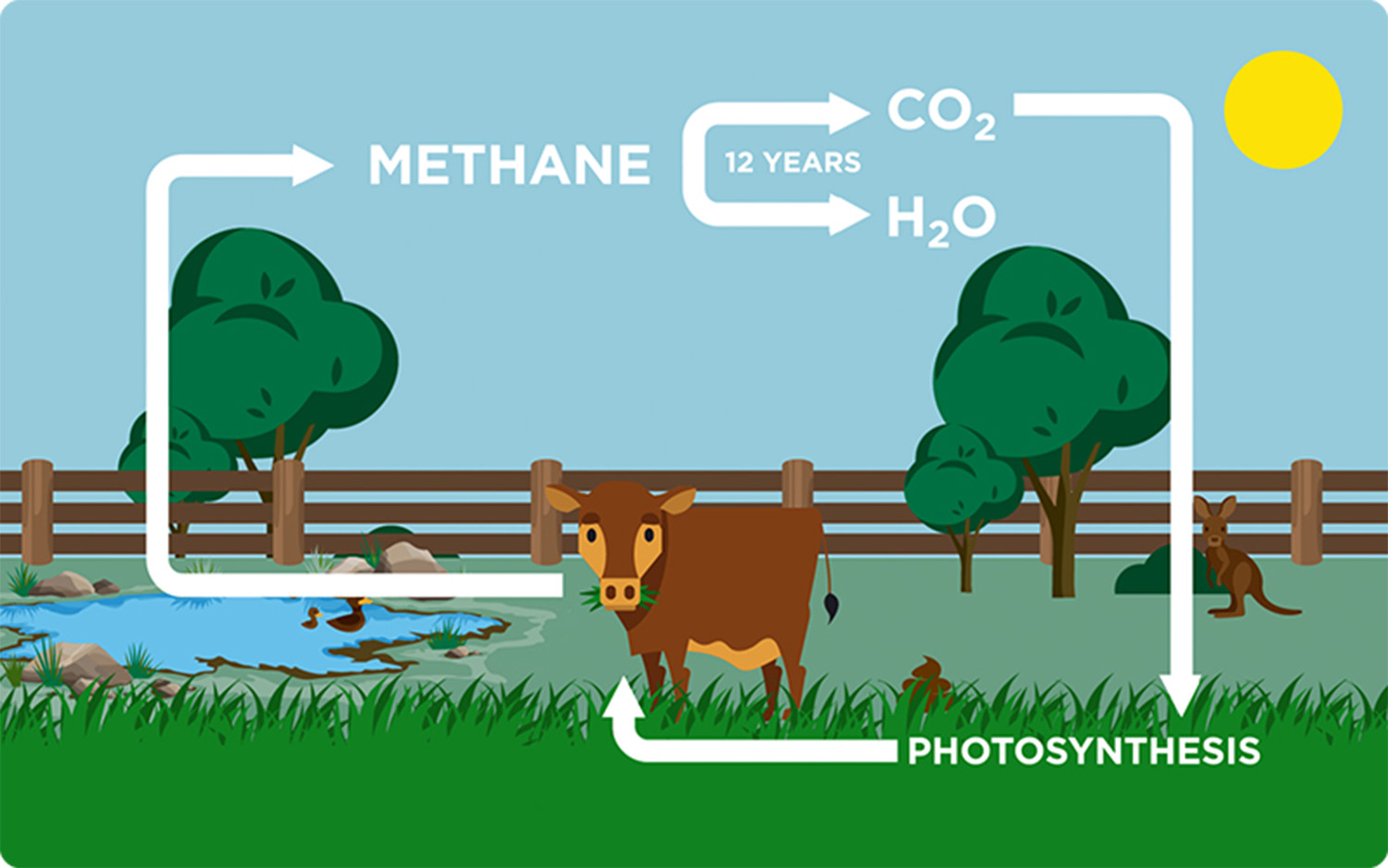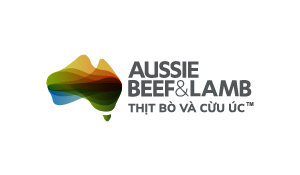The Biogenic Carbon Cycle Explained
Ruminants such as cattle, sheep, and goats emit methane, a potent greenhouse gas, as a natural part of the biogenic carbon cycle. This cycle has been present since the dawn of life and involves the recycling of methane into carbon in plants and soil.
The biogenic carbon cycle explained
Methane emitted by ruminants like cattle, sheep and goats is recycled into carbon in plants and soil, in a process known as the biogenic carbon cycle. It’s an important natural cycle that’s been happening since the beginning of life.
Cows (and other ruminant animals like sheep) are often linked to climate change because they emit methane, a powerful greenhouse gas (GHG).
But the fact is, this methane is part of a natural – or biogenic – carbon cycle, in which the methane breaks down into carbon dioxide (CO2) and water after about 12 years. Grass then absorbs the CO2 through photosynthesis, cows eat the grass and the cycle continues.

Photosynthesis and carbon sequestration
Photosynthesis is an important part of the biogenic carbon cycle. It’s the process by which plants remove CO2 from the atmosphere and deposit it into leaves, roots and stems, while releasing oxygen back into the atmosphere. This carbon is then converted into cellulose – an organic compound that’s present in grasses, shrubs and trees. Cows digest the cellulose, then burp out methane, which returns the carbon to the atmosphere so the cycle can start all over again.
Photosynthesis also facilitates the sequestration of carbon (removal and storage) in soil, large shrubs and trees.
Are fossil fuels part of the biogenic carbon cycle?
While the natural carbon cycle between cows, plants and the atmosphere takes place over a relatively short period of time (about 12 years), CO2 from burning fossil fuels stays in the atmosphere for potentially 1000s of years.
That means that, if methane emissions from livestock remain stable or reduce, fossil fuels have a much more significant and long-term impact on our climate than the methane from cows. With stable livestock numbers, the amount of methane produced actually balances the methane that breaks down from the atmosphere.
The animation below shows how the environmental impact of methane emissions from cows is fundamentally different to the CO2 from fossil fuels.
Did you know?
- Dung beetles can recycle nutrients in pastures and help store carbon in the soil. Carbon sequestration from these ecosystem engineers could be equivalent to carbon sequestration from 400,000 hectares of eucalypt plantation (source).
- Grazing of pastures by livestock helps remove GHG from the air by stimulating more plant growth, which accelerates the absorption of CO2 from the air, turning it into carbon in plants and soil (source).
According to researchers from the University of California, the production of beef and sheep meat in Australia at current levels will not contribute to global temperature rise (source).

